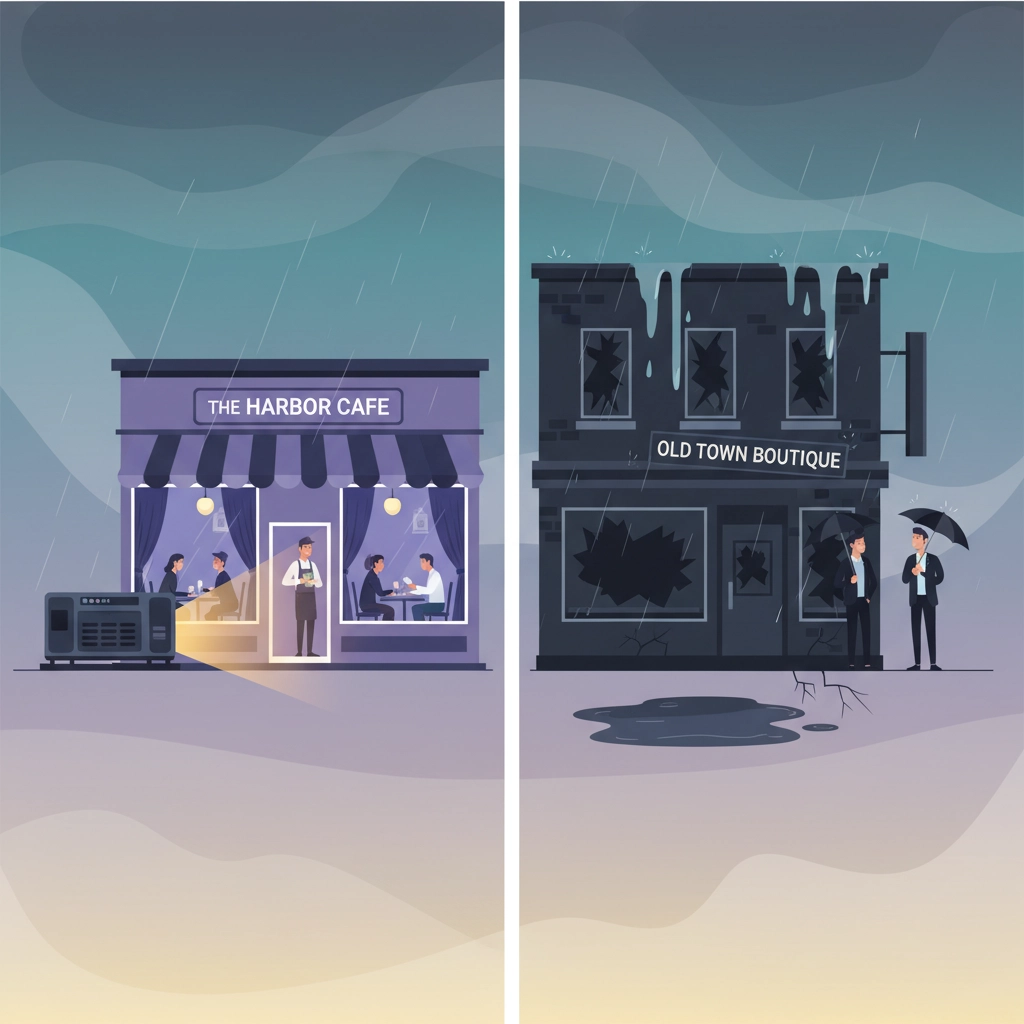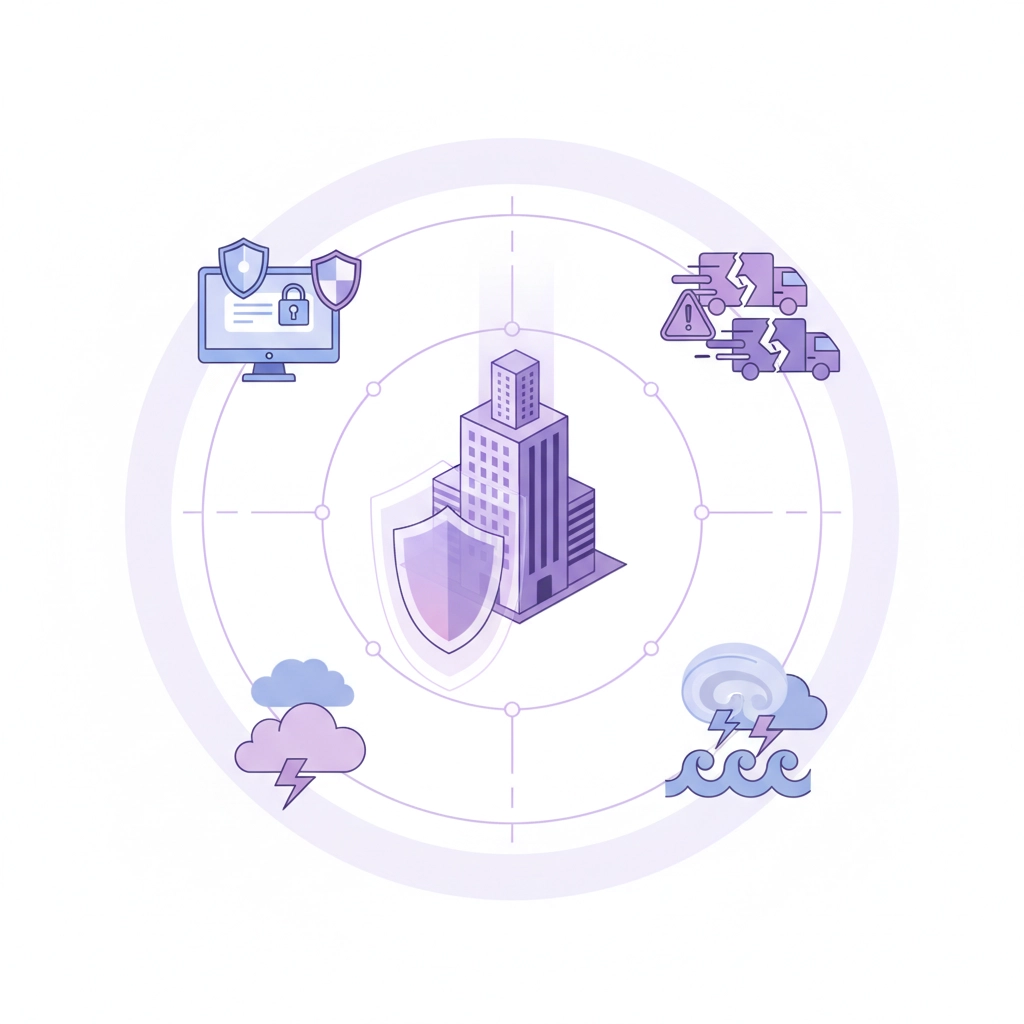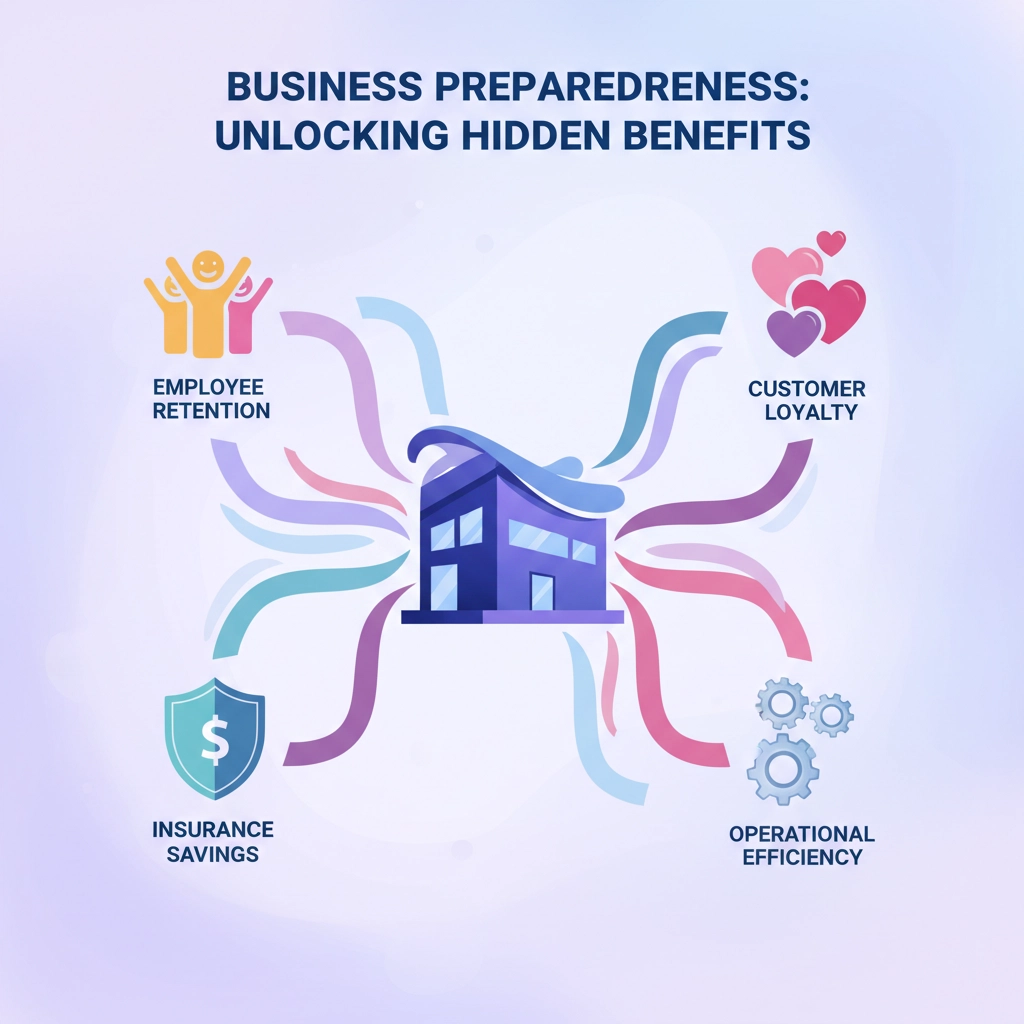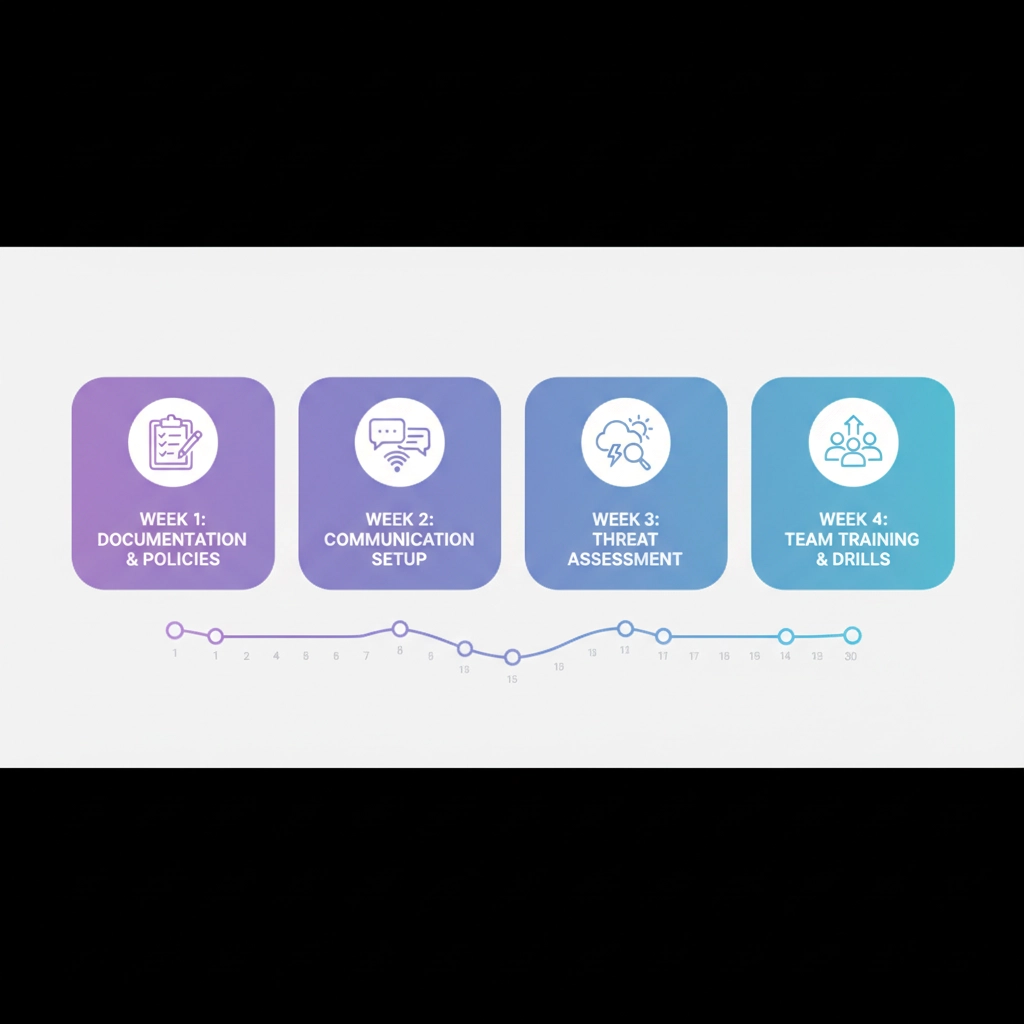Why $1 in Disaster Preparedness Saves Your Business $13 Later (And What Experts Don't Want You to Know)
- Jayme Lin Rose

- Oct 19
- 5 min read
Updated: Nov 8
Here's a number that might shock you: for every dollar your business invests in disaster preparedness, you save $13 down the road. That's not some made-up marketing statistic: it comes from rigorous economic research analyzing real disasters across 25 different scenarios.
But here's what's really surprising: most small business owners are still flying blind when it comes to emergency planning. We get it. You're busy running your day-to-day operations, and thinking about worst-case scenarios feels like borrowing trouble. The problem is, trouble has a way of finding us whether we're prepared or not.
The Real Math Behind the $13 Savings
Let's break down where that incredible 13-to-1 return actually comes from, because understanding this will change how you think about business resilience.
$6 comes from reduced damage and cleanup costs. Think about it this way: if you spend money upfront on things like flood barriers, backup power systems, or reinforced windows, you're directly reducing how much destruction a disaster can cause to your physical assets.
$7 comes from preserved business activity. This is the part most business owners miss. When you stay operational during a crisis, you keep employees on payroll, maintain customer relationships, and continue generating revenue while your unprepared competitors are shuttered.

Consider Maria, who owns a small restaurant in Florida. She invested $5,000 in a backup generator, waterproof storage for inventory, and an emergency communication system. When Hurricane Ian hit, her restaurant was one of only three in her area that reopened within 48 hours. While her competitors spent weeks dealing with spoiled food, water damage, and lost customers, Maria's place became the community hub: serving both residents and relief workers. That $5,000 investment generated over $65,000 in additional revenue during the recovery period alone.
Beyond Natural Disasters: The Full Spectrum of Business Threats
When we talk about disaster preparedness, most people think hurricanes and earthquakes. But small businesses face a much wider range of potential disruptions that can benefit from the same preparedness mindset.
Active Shooter Situations The harsh reality is that workplace violence incidents have increased significantly. Having an emergency action plan, trained staff, and clear evacuation procedures can mean the difference between a tragic loss and a manageable crisis. More importantly, customers and employees feel safer in businesses that take these threats seriously, which translates to better retention and reputation.
Cyber Attacks A ransomware attack can shut down your business just as effectively as a flood. Regular data backups, employee cybersecurity training, and incident response plans are disaster preparedness investments that pay dividends even in minor technical failures.
Supply Chain Disruptions COVID-19 taught us how quickly supply chains can collapse. Diversifying suppliers, maintaining strategic inventory, and building flexible vendor relationships are preparedness investments that create resilience against everything from shipping delays to international conflicts.

What Preparedness Actually Looks Like for Small Businesses
You don't need a massive budget to start building resilience. Here are practical steps that deliver outsized returns:
Start with a simple business continuity plan. Document your critical processes, key contacts, and backup procedures. This $200 investment in professional planning can save thousands in confusion and delays during an actual emergency.
Invest in communication systems. A group text system, backup internet connection, or simple two-way radios can keep your team coordinated when normal communications fail. These tools also improve daily operations, making them worthwhile investments regardless of emergencies.
Create redundancies in your most critical systems. Whether it's a backup payment processor, alternative supplier, or emergency cash reserve, having Plan B ready prevents single points of failure from destroying your business.
Train your team regularly. Monthly five-minute safety discussions cost almost nothing but ensure everyone knows their role during emergencies. Employees who feel prepared are more likely to stay calm and productive during actual crises.
The Hidden Economic Benefits
Here's what really makes disaster preparedness a smart business investment: it creates value even when disasters don't happen.
Better emergency planning often reveals inefficiencies in normal operations. Businesses that document their processes for continuity planning frequently discover workflow improvements that boost daily productivity.
Insurance companies increasingly offer significant discounts for businesses with documented preparedness plans. These premium reductions can offset preparedness costs within the first year.

Employees prefer working for prepared employers. In tight labor markets, having comprehensive emergency plans becomes a competitive advantage for attracting and retaining quality staff.
Customers notice preparedness too. Businesses that stayed operational during COVID-19 gained market share from competitors who struggled with the transition to new operating models.
The Recovery Reality Check
Let's talk about what happens when you don't prepare. The statistics are sobering: 25% of businesses never reopen after a major disaster. Of those that do reopen, 40% fail within two years.
Recovery costs aren't just about rebuilding. You're paying emergency rates for contractors, equipment rentals, and expedited shipping. You're losing customers to competitors who stayed operational. You're dealing with insurance hassles while trying to restart operations with displaced employees and damaged vendor relationships.
We've seen businesses spend $50,000 on emergency generators after losing power for a week, when the same generator would have cost $15,000 if purchased proactively. The stress alone isn't worth the savings.
Your 30-Day Action Plan
Don't let perfect be the enemy of good. You can build meaningful resilience starting today:
Week 1: Document your most critical business processes and identify single points of failure.
Week 2: Create contact lists for employees, key vendors, and emergency services. Set up a group communication system.
Week 3: Research your most likely local threats (floods, hurricanes, power outages) and identify one affordable mitigation measure you can implement.
Week 4: Conduct a tabletop exercise with your team. Walk through what you'd do if your most likely threat occurred tomorrow.

Making It Personal
As business consultants, we've walked countless clients through major disruptions. The businesses that thrrive aren't necessarily the biggest or best-funded: they're the ones that planned ahead.
You started your business to build something lasting. Disaster preparedness isn't about fear: it's about protecting the dream you've worked so hard to build. When crisis hits, you want to be the business that stays strong for your customers, supports your employees, and emerges stronger on the other side.
The $1 saves $13 ratio isn't just about money. It's about peace of mind, competitive advantage, and community resilience. It's about being the business that others can count on when times get tough.
Your business deserves that level of protection. Your family deserves that security. Your community needs businesses like yours to be prepared and resilient.
Ready to Build Your Business Resilience?
Every day you wait is another day your business remains vulnerable. The good news is that you don't have to figure this out alone. We work with small business owners every day to build practical, affordable preparedness plans that fit their unique situations and budgets.
Let's chat about what disaster preparedness looks like for your specific business. We'll help you identify your biggest vulnerabilities, prioritize cost-effective solutions, and create a plan that protects your investment while boosting your daily operations.
Ready to protect your business? Let's work together to build the resilience plan your business needs. Your future self: and your bottom line (will thank you.)
Need Help Getting Started?
Comments